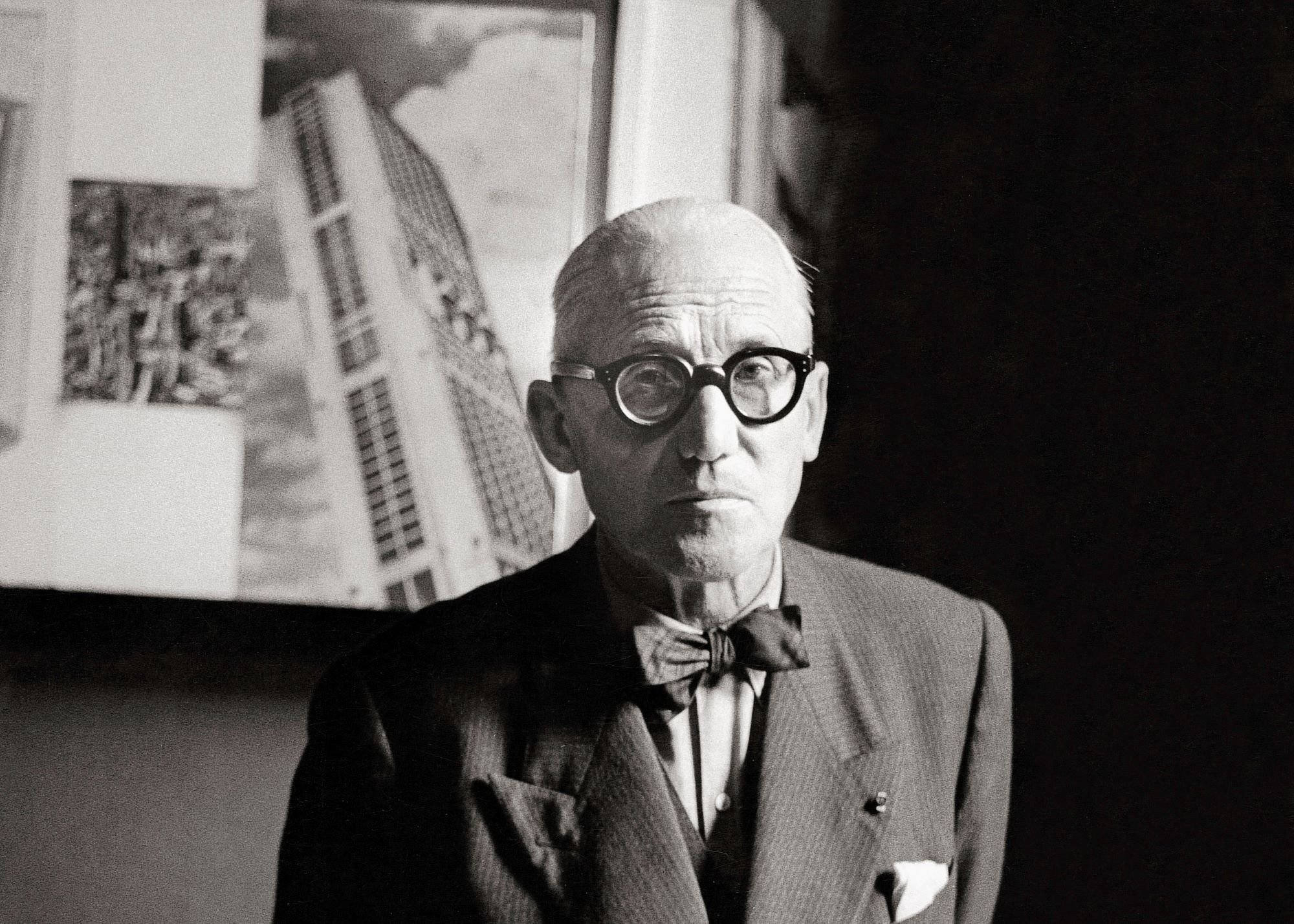
Art Industry News is a daily digest of the most consequential developments coming out of the art world and art market. Here’s what you need to know this Wednesday, April 10.
NEED-TO-READ
Saudi Arabia Returns to the Venice Biennale – The kingdom is returning to the Venice Biennale after an eight-year hiatus. Its pavilion in the Arsenale will host work by the country’s female Land Art maverick Zahrah Al Ghamdi. The 42-year-old artist works in natural materials such as sand, rocks, and leather, drawing on craft traditions. The nation’s re-emergence in Venice comes in the wake of a damaged reputation globally, amid fallout over the murder of dissident journalist Jamal Khashoggi in the country’s consulate in Istanbul. (The Art Newspaper)
LACMA Expansion Gets a Green Light – The museum’s planned $650 million new home has received unanimous backing from the LA County Board of Supervisors. They voted on Tuesday to approve demolition of four existing museum buildings and also to release $117.5 million in public funds for Peter Zumthor’s much-revised (and much-criticized) design. LACMA director Michael Govan’s grand project is now due to open by early 2024. (Tune in shortly for an on-the-ground report from the surprisingly star-studded vote.) (Los Angeles Times)
Le Corbusier’s Fascist Past Sparks Protest – A group of French intellectuals are taking aim at a planned museum near Paris celebrating architect Le Corbusier. In an op-ed in the newspaper Le Monde, they accused the French culture ministry of turning a blind eye to the architect’s support of fascism and his collaboration with the Vichy government during the Nazi Occupation of France. Recent research has revealed that the Swiss-born architect was a “militant fascist” who was more anti-Semitic than previously thought. The op-ed accuses the ministry of “complicity in an attempt to rehabilitate a man who rejoiced in the French defeat of June 1940.” (Telegraph)
German Museums Return Native Australians’ Body Parts – Across Germany, ceremonies are taking place as museums hand over bones and skulls of native Australians collected during the colonial era. Human remains are being repatriated by institutions in Berlin, Munich, and Stuttgart this week to indigenous elders and representatives of the Australian government as German cultural institutions work to confront the legacy of the country’s colonial past. (Local)
ART MARKET
The UK Art Market Grows But Switzerland’s Dips – The UK art market enjoyed an upswing in 2018—its first in three years. Global art exports from the UK rose 5.5 percent to £5.1 billion ($6.6 billion). But customs figures also illustrate a decline in business with Switzerland, a key trading partner. (Swiss dealers blame changes to the country’s banking laws and increasing checks of its freeports.) Exports to the UAE, meanwhile, tripled following the opening of the Louvre Abu Dhabi. (TAN)
New Title Insurance Service Launched – Want to do your due diligence on a work of art before finalizing a purchase you could live to regret? You are in luck. The insurance company ARIS is launching a service called Know Your Title. Its researchers will check possible instances of theft, questions of ownership, litigation associated with sellers, and other risks before you sign on the dotted line. (ARTnews)
COMINGS & GOINGS
Roberta Smith Wins Lifetime Achievement Award – The Dorothea and Leo Rabkin Foundation, an organization in Portland, Maine, has awarded the co-chief art critic of the New York Times with $50,000 to recognize her contributions to art criticism. Per the NYT’s guidelines, Smith cannot accept the money, so she has opted to donate it to the Art for Justice Fund. (ARTnews)
Nicole Eisenman’s Fountain Goes to Boston – An all-bronze version of the artist’s oft-targeted sculpture, Fountain, has found a home in Boston at 401 Park in the city’s Fenway neighborhood. A preliminary work in bronze and plaster, Sketch for a Fountain, was unveiled at Skulptur Projekte Münster in 2017, where it was repeatedly vandalized and defaced. Let’s hope it has better luck in Boston. (Press release)
Dalí Museum Plans a $38 Million Expansion – The people can’t seem to get enough of Dalí. Less than 10 years after doubling in size, Florida’s Salvador Dalí Museum is planning yet another expansion. It wants to add a new wing for digital displays (including those that employ AI) and build a bigger parking lot to accommodate its increased attendance. (Tampa Bay Times)
The Whitney Announces New Acquisitions – The Whitney Museum of American Art in New York has acquired 300 works over the past six months. Artists new to the collection include Nina Chanel Abney, Barbara Hammer, Simone Leigh, Mary Weatherford, and Ed Clark. It also added to its holdings of works by Grant Wood, Diane Arbus, Nan Goldin, and David Hammons, and David Wojnarowicz, among others. (ARTnews)
FOR ART’S SAKE
The Getty Acquires Oldenburg and Van Bruggen’s Archive – The Getty Research Institute has acquired the archives of Claes Oldenburg and his late collaborator and wife Coosje van Bruggen. Papers include materials from Oldenburg’s early career and the joint archive covering the couple’s large-scale public monuments created over three decades. (Press release)
The Chillida Sculpture Park Reopens – The open-air museum in the Basque Country founded by the sculptor Eduardo Chillida reopens to the public on April 17 with a little help from Hauser & Wirth. The gallery’s co-founder Iwan Wirth admits that its support of the family-run museum and sculpture park is not solely philanthropic. The Chillida Leku museum will “ensure that his legacy as one of the greatest artists is assured,” he told El País, adding that there are currently no plans to show works by other sculptors there. (El Pais)
Feminists Object to Female-Armchair Sculpture – The veteran Italian designer Gaetano Pesce has angered local feminists with his large-scale sculpture Maestà Sofferente (Suffering Majesty) in front of Milan’s cathedral. Meant to be a statement about violence against women, the work—a giant armchair resembling a female body pierced with arrows and chained to a giant ball—simply reduces women to a piece of furniture, critics say. (Times)